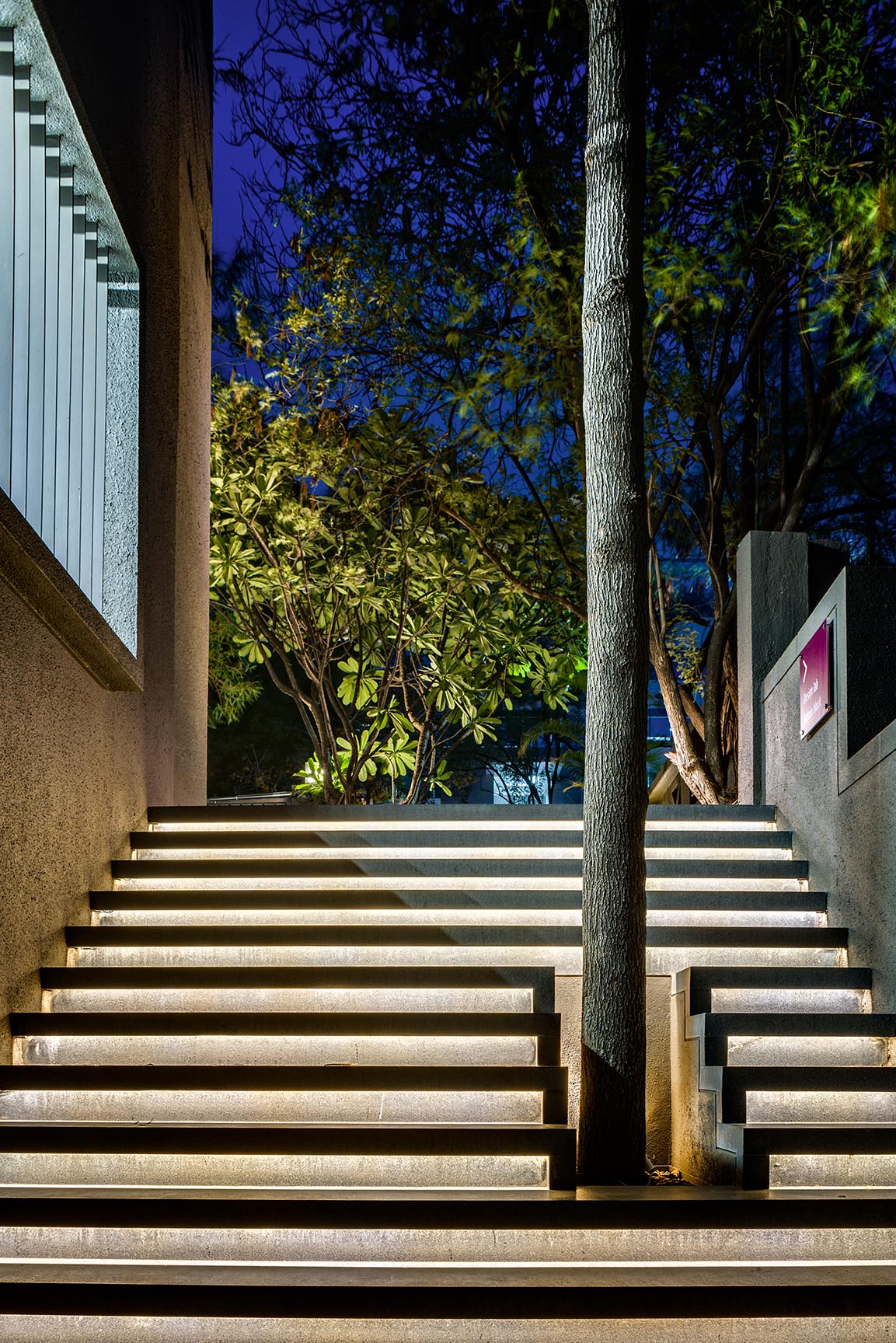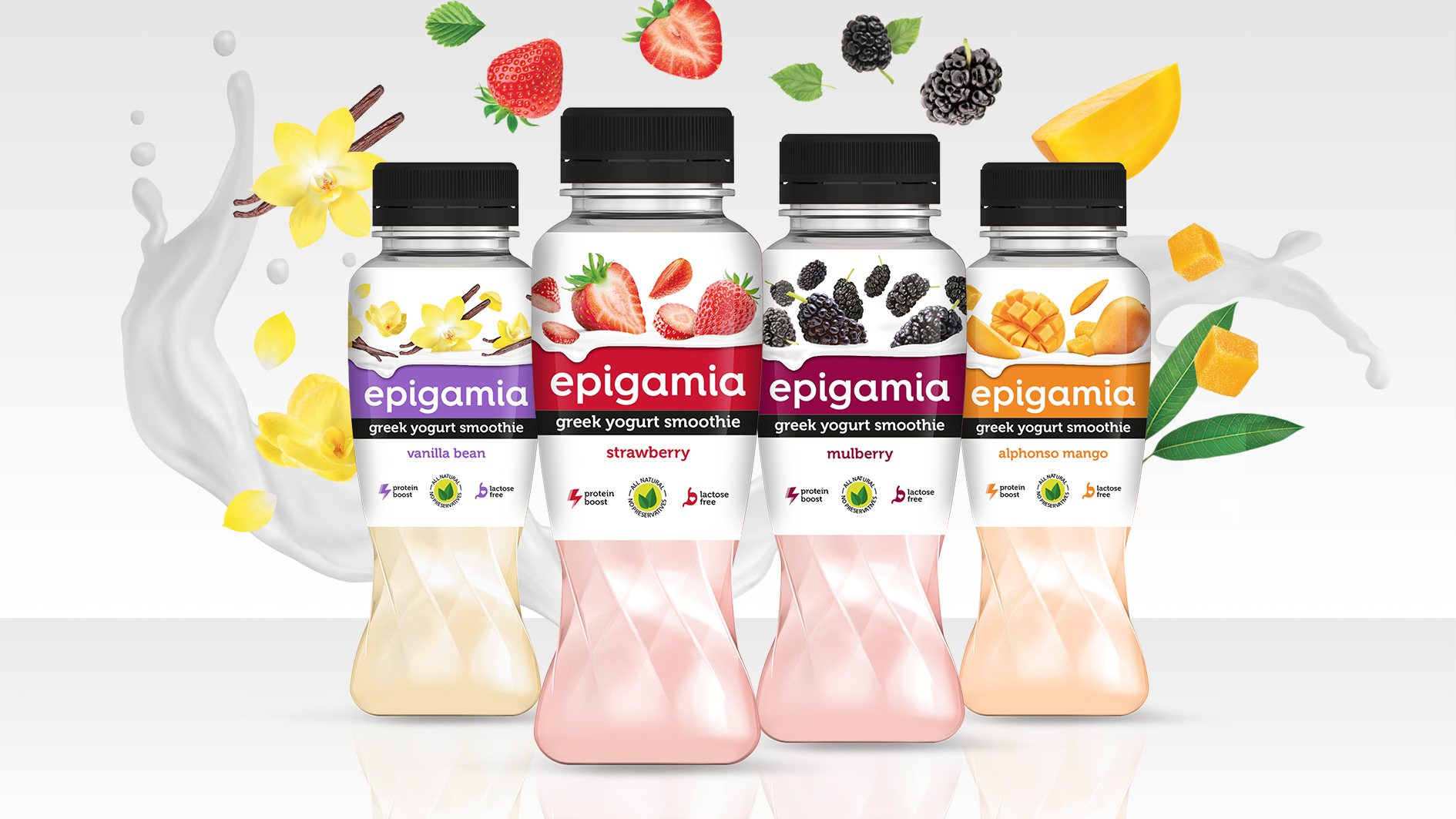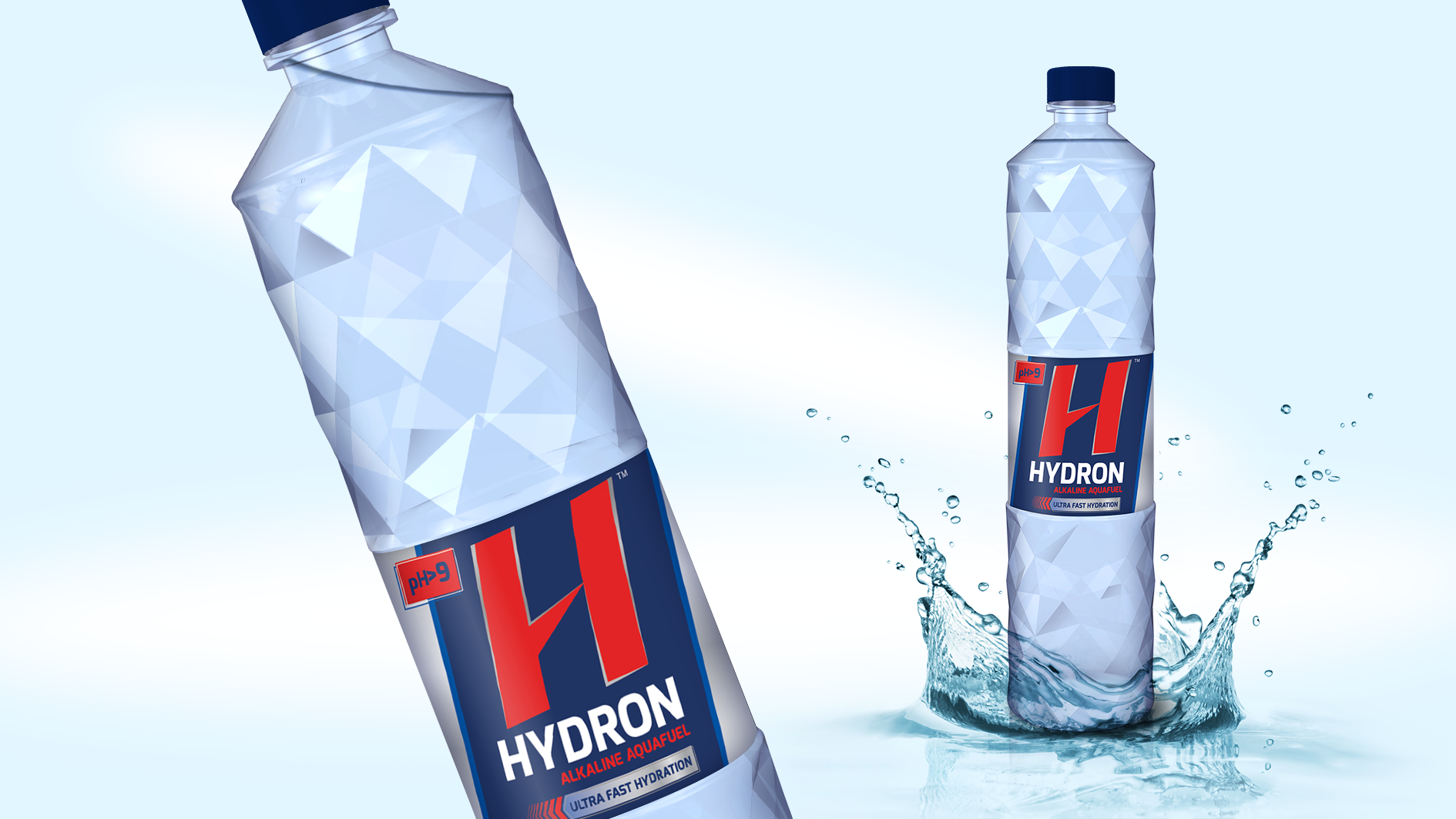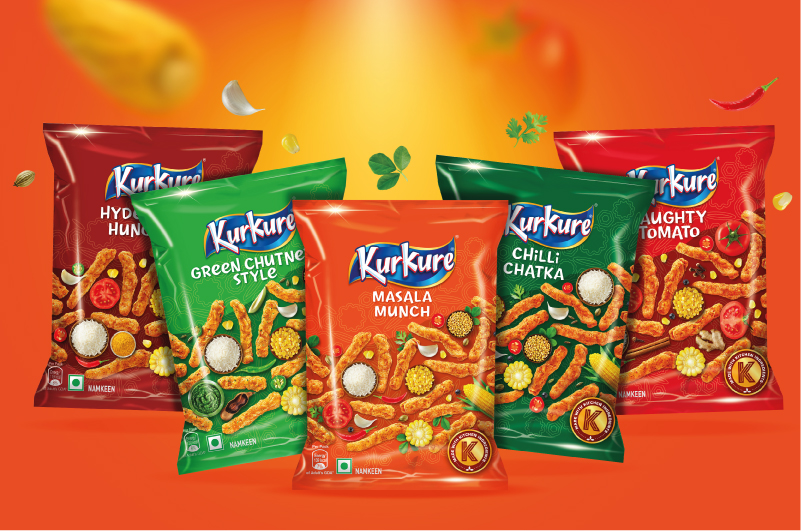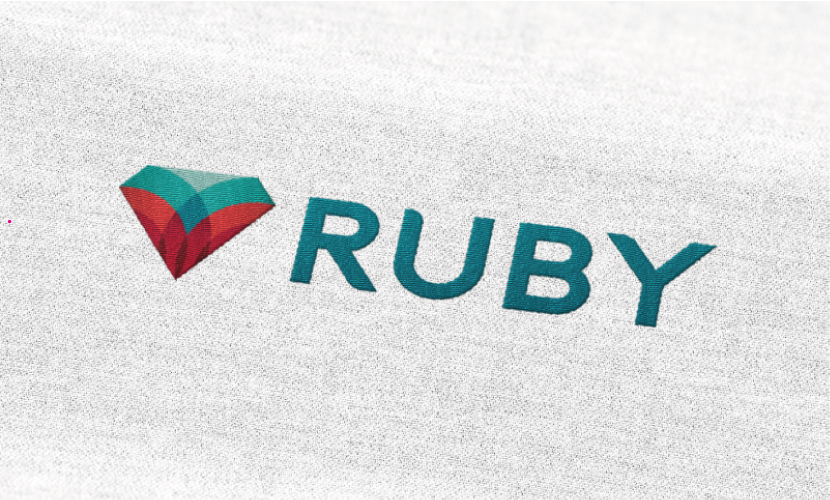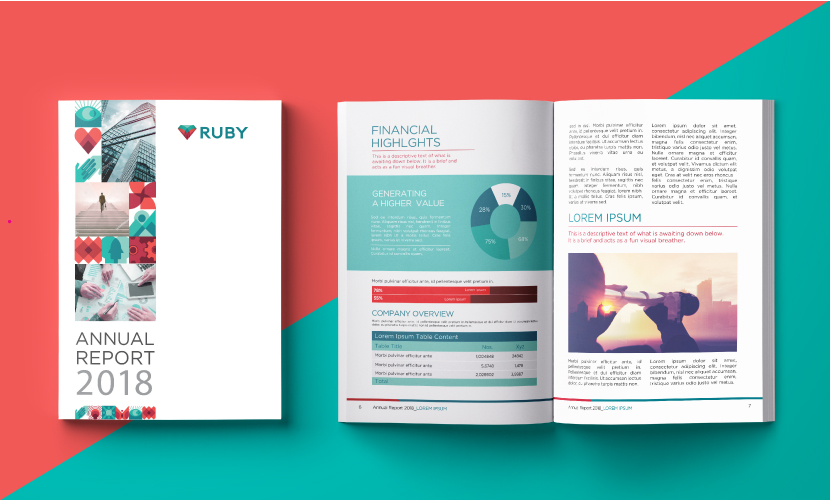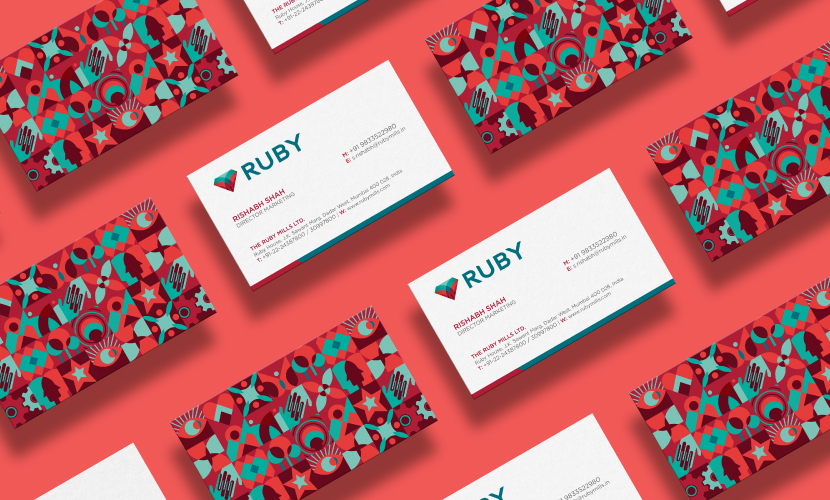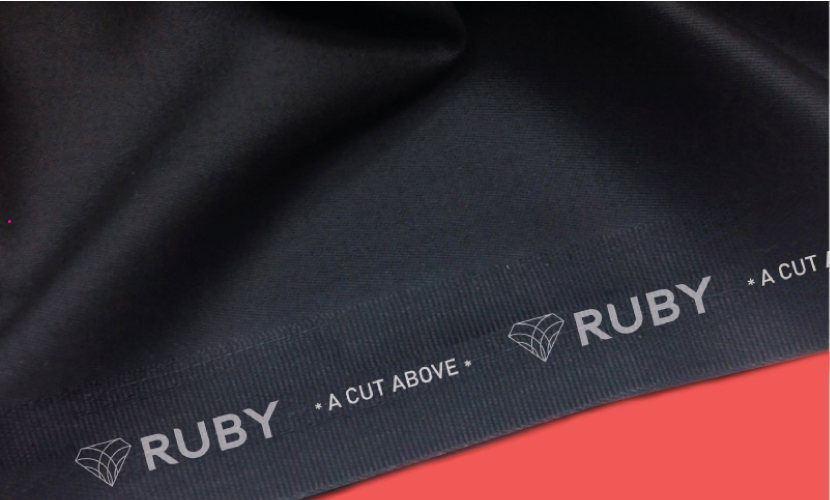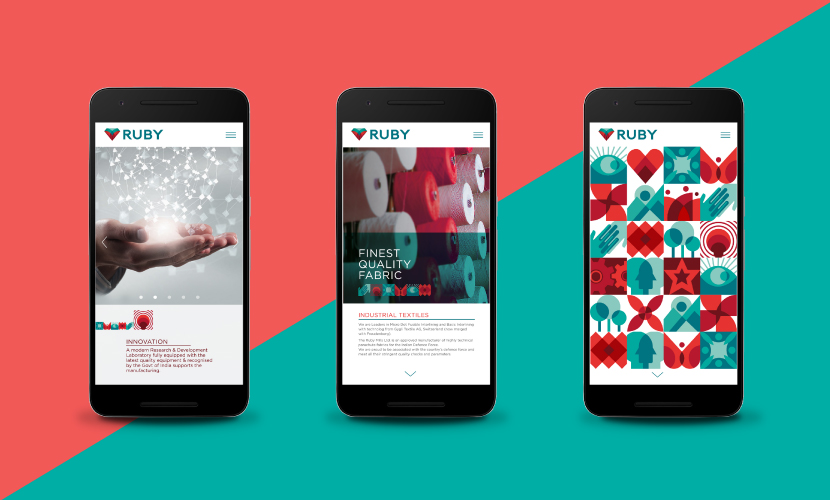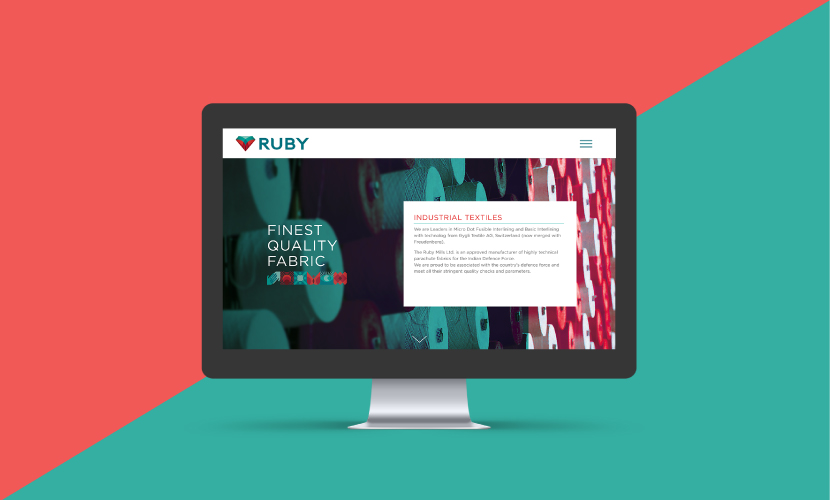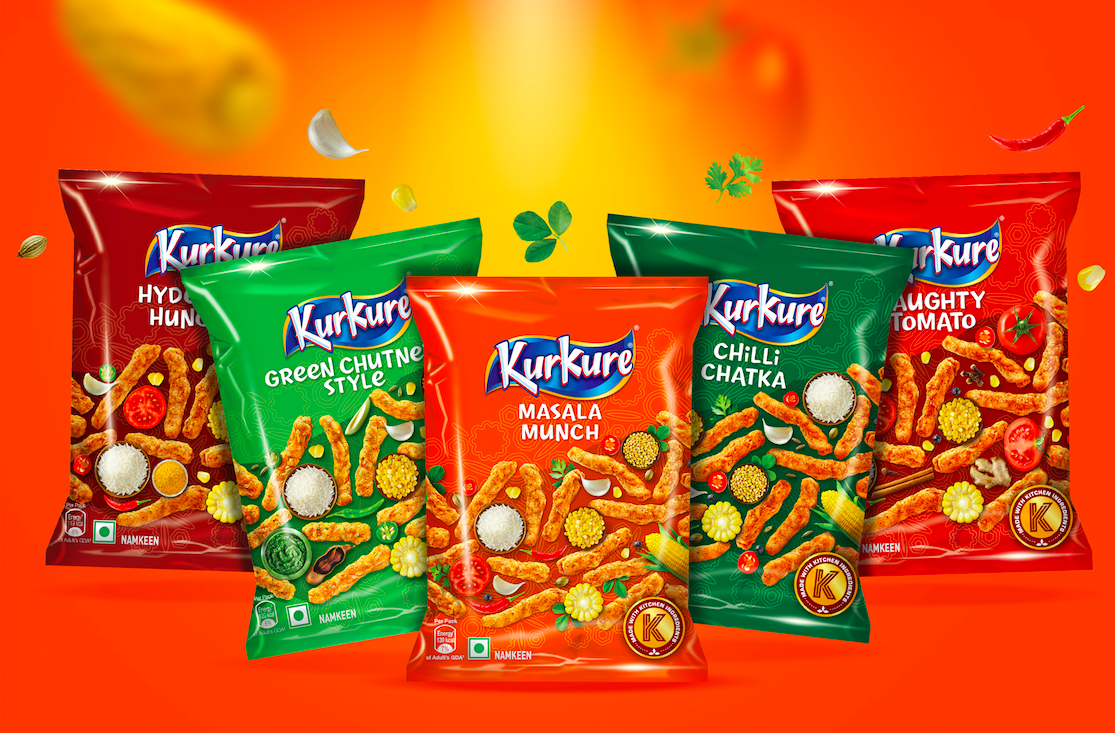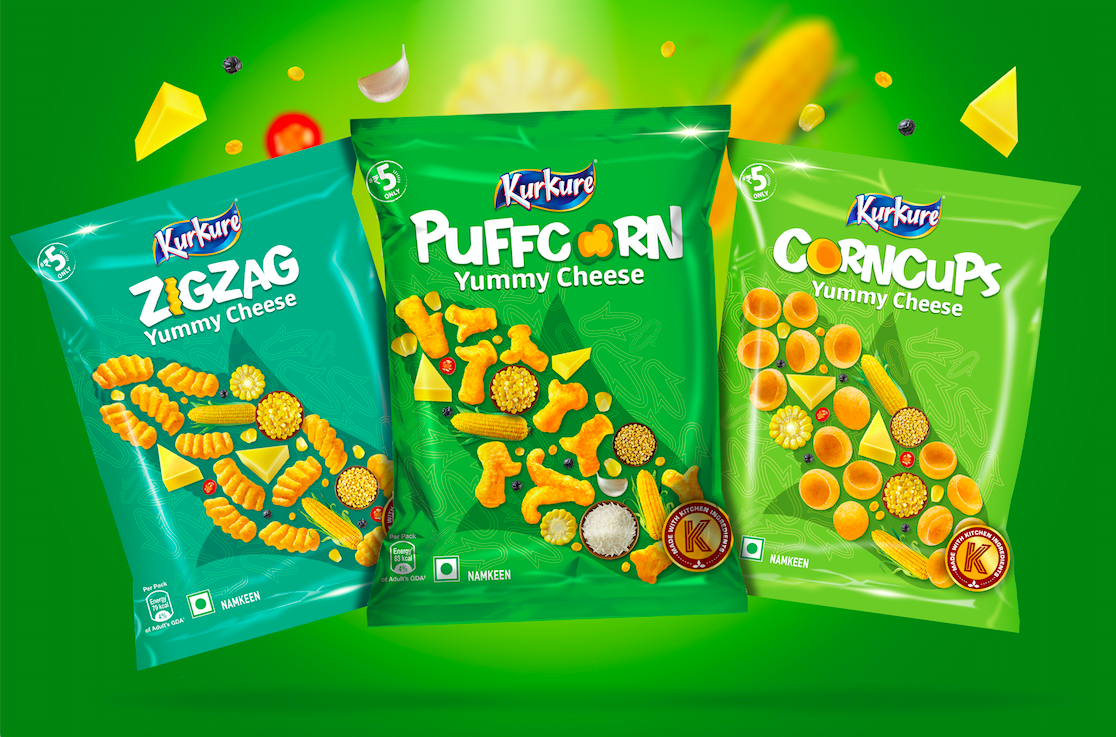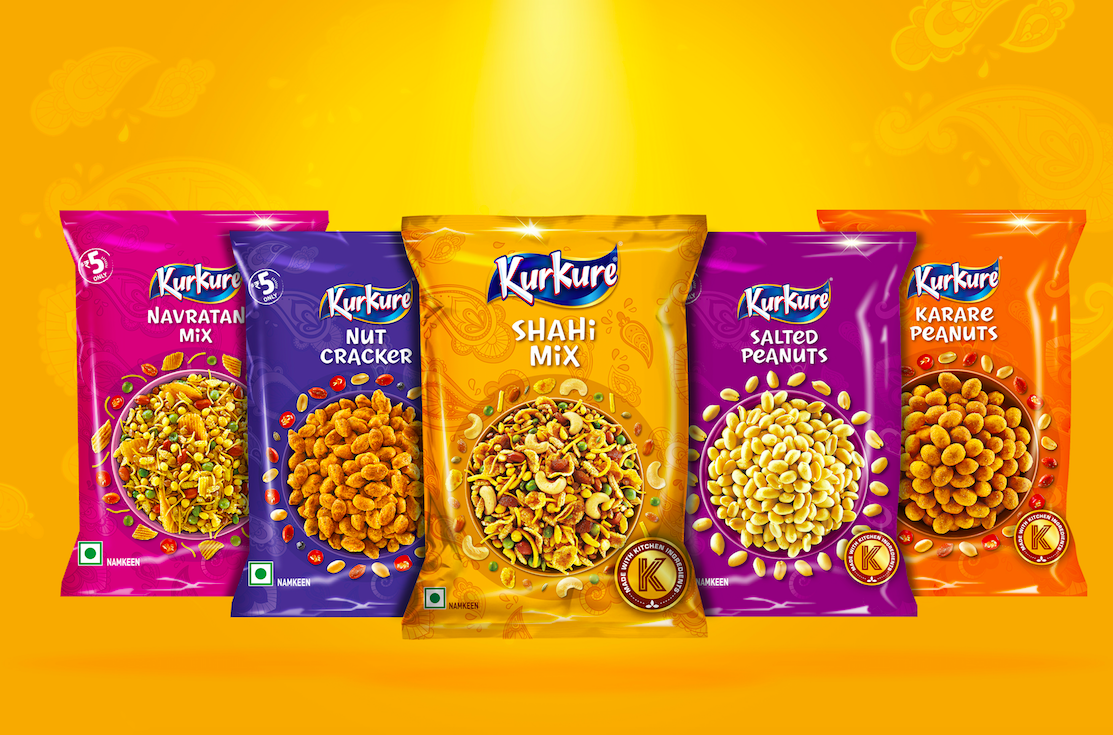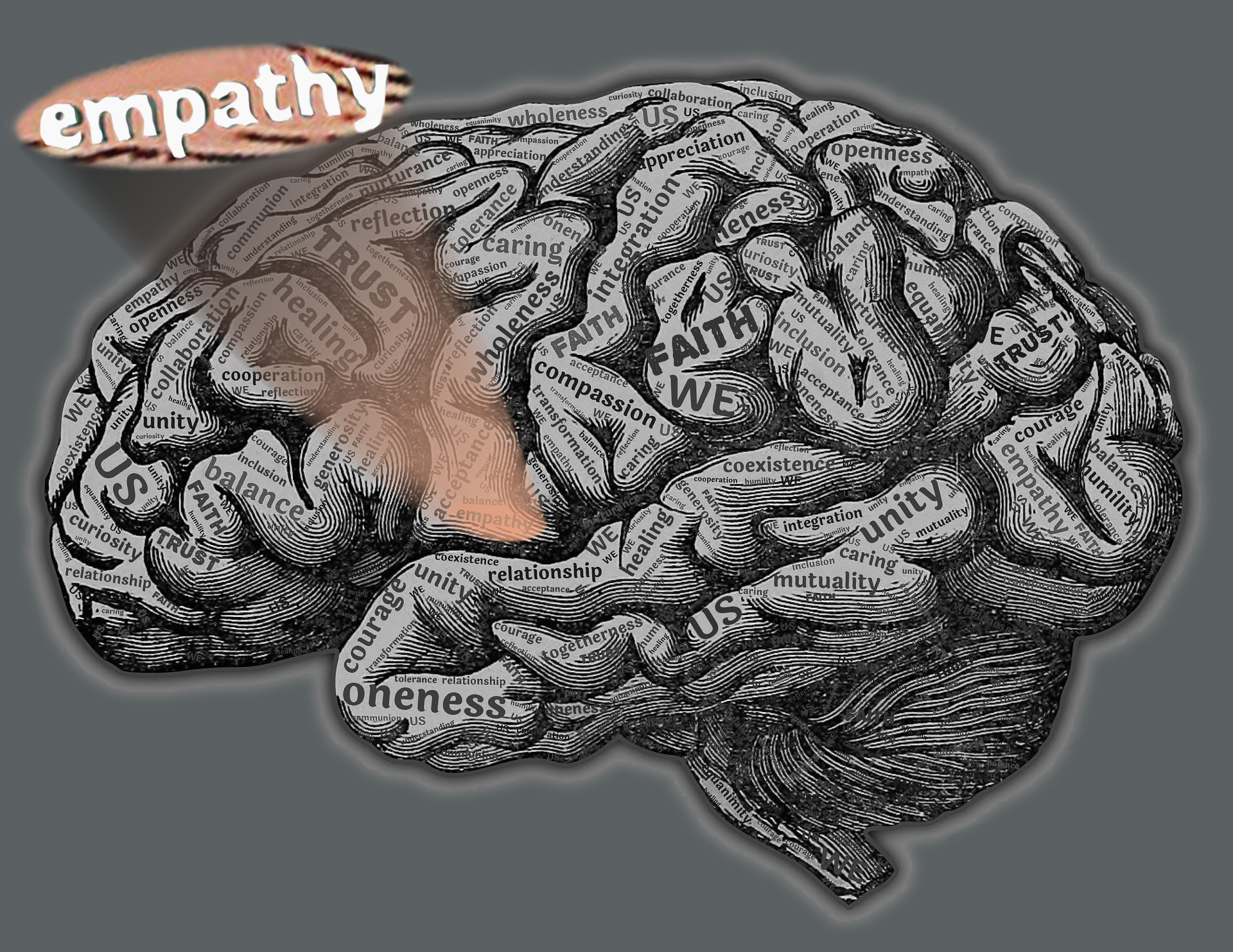As President of National Executive Committee of Association of Designers of India (ADI), Ashish Deshpande led several design awareness initiatives and knowledge partnerships through the year besides leading the product innovation & retail experience design teams at Elephant. He presided over the Lexus Design Awards India 2019 jury and was also on the jury panels of VMRD Retail Design Awards & Kyoorius Design Awards. He was a speaker at TISDC event in Taiwan & at NASSCOM Design4India conference.
Apart from an active role at Elephant, Ashwini Deshpande has had a busy year. Once again she made it to Campaign India’s A List, Impact 50 Most Influential Women in Media & Advertising list, served as Design Jury President at D&AD London besides being on jury panels of C2A - USA, Gerety Awards - France & TISDC - Taiwan. Audiogyan & Designed This Way recorded her interviews for their podcasts and her Josh Talks video has had more than 24K views in 2019. Some of the significant events where Ashwini was a guest speaker included Women in Data Science Conference, UN Global Compact Network Leadership Summit and Hello Taichung at Taiwan.
In the third successive year, Partho Guha mentored student start-ups participating in the Smart India Hackathon organised by Ministry of HRD, Government of India.
Anand Palsodkar delivered talks at Siemens Designathon and at a seminar by the SME Center in Singapore. He was also on the jury for Taiwan International Student Design Competition.
Mayuri Nikumbh was on Printweek Awards jury. She was invited to inaugurate the Communication Design Graduate Show at National Institute of Fashion Technology (NIFT) Mumbai as a chief guest. Mayuri featured in the list of Impact 40 under 40 Achievers from media & advertising.
Gerard Rebello was invited to join the Afaqs Foxglove Awards jury. He also delivered a talk at Unitedworld Institute of Design Ahmedabad.
Swapnil Joshi delivered a talk at National Institute of Technology (NIT) Rourkela.
Kedar Parundekar & Reema Mehta conducted a brand workshop for start-ups at the Entrepreneurship & Incubation Centre of FLAME University.
We had 45 Monday Morning Meetings where we discussed ideas, thoughts, concepts, vision and basically learnt about and from each other. Our teams attended ADI Pune Design Festival, Kyoorius Designyatra, NASSCOM design4india conference, Bangalore Design Week, TiECon Pune besides the learning sessions that took place at our own Learning Centre. We also initiated online learning this year and will be taking it ahead as part of the next year's learning plans.
We are because we learn.





